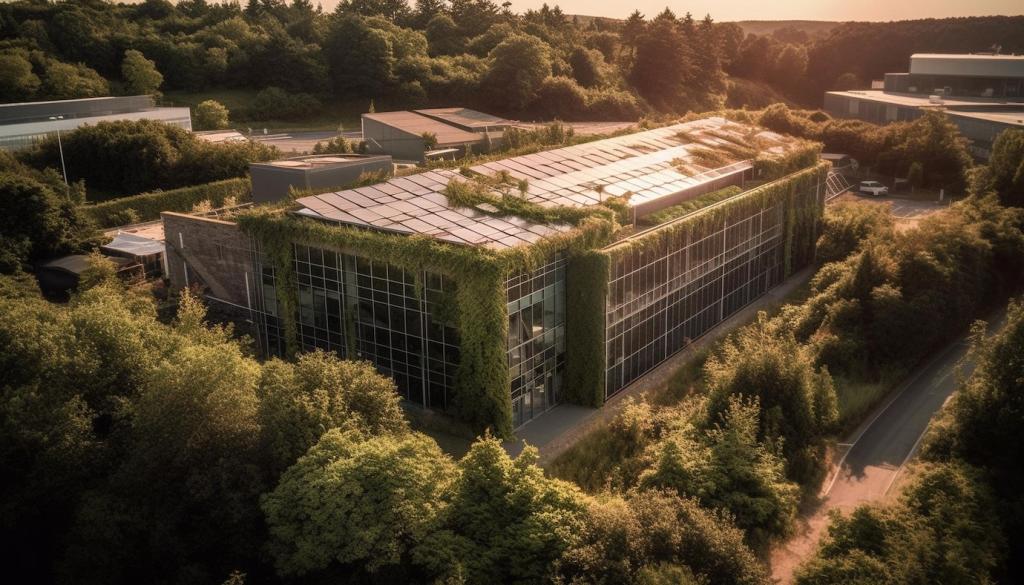Emerging Technologies in Eco-Friendly Building Design
In the pursuit of sustainable development, eco-friendly building design has rapidly evolved to harness emerging technologies that minimize environmental impact, boost efficiency, and promote occupant well-being. From the earliest days of green construction, the industry has sought innovative solutions to address the challenges posed by climate change, resource depletion, and urbanization. As we advance further into the 21st century, these technologies are not only reshaping the blueprint of modern structures but are also integrating seamlessly into their fabric, redefining how we conceive, construct, and interact with built environments. This page delves into the frontiers of sustainable architecture, spotlighting the transformative technologies leading the charge towards a greener future.

Intelligent Building Materials
Self-Healing Concrete
Transparent Solar Panels
Aerogels for Insulation
Smart Energy Systems
Building Energy Management Systems (BEMS)
Onsite Renewable Integration
Responsive Grid Connectivity
Water Efficiency Innovations
Adaptive Climate Control Solutions

Green Roofs and Living Walls
Intensive and Extensive Green Roofs
Modular Living Wall Systems
Integrated Water Retention and Irrigation
Digital Twin and Simulation Technologies
Healthy Indoor Environments

